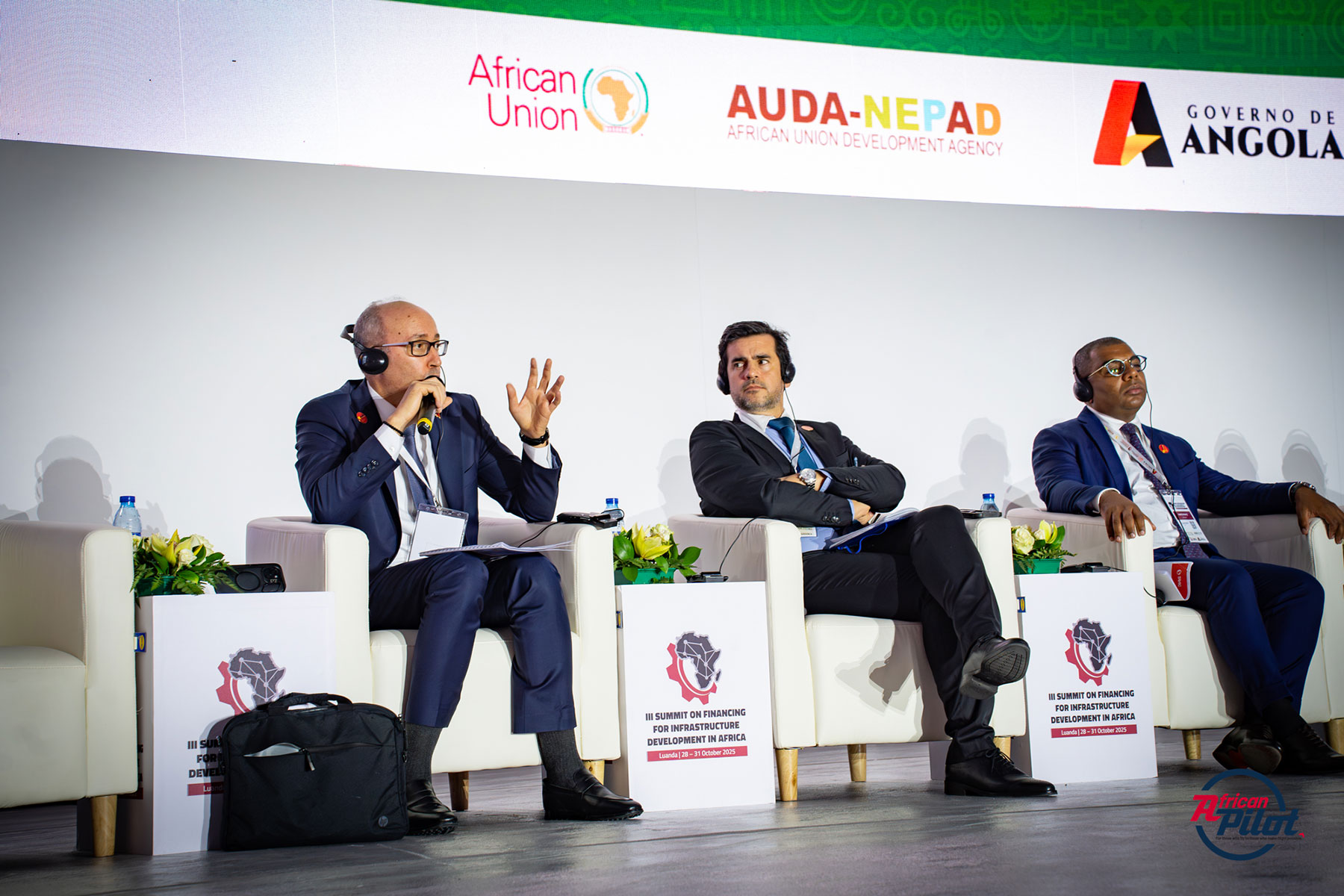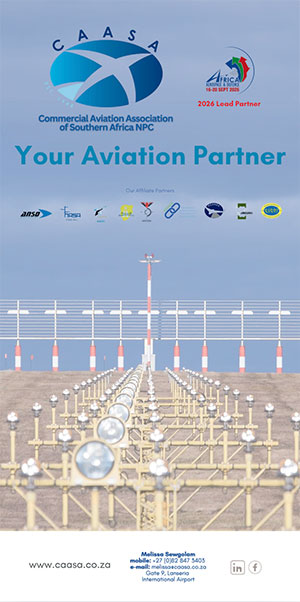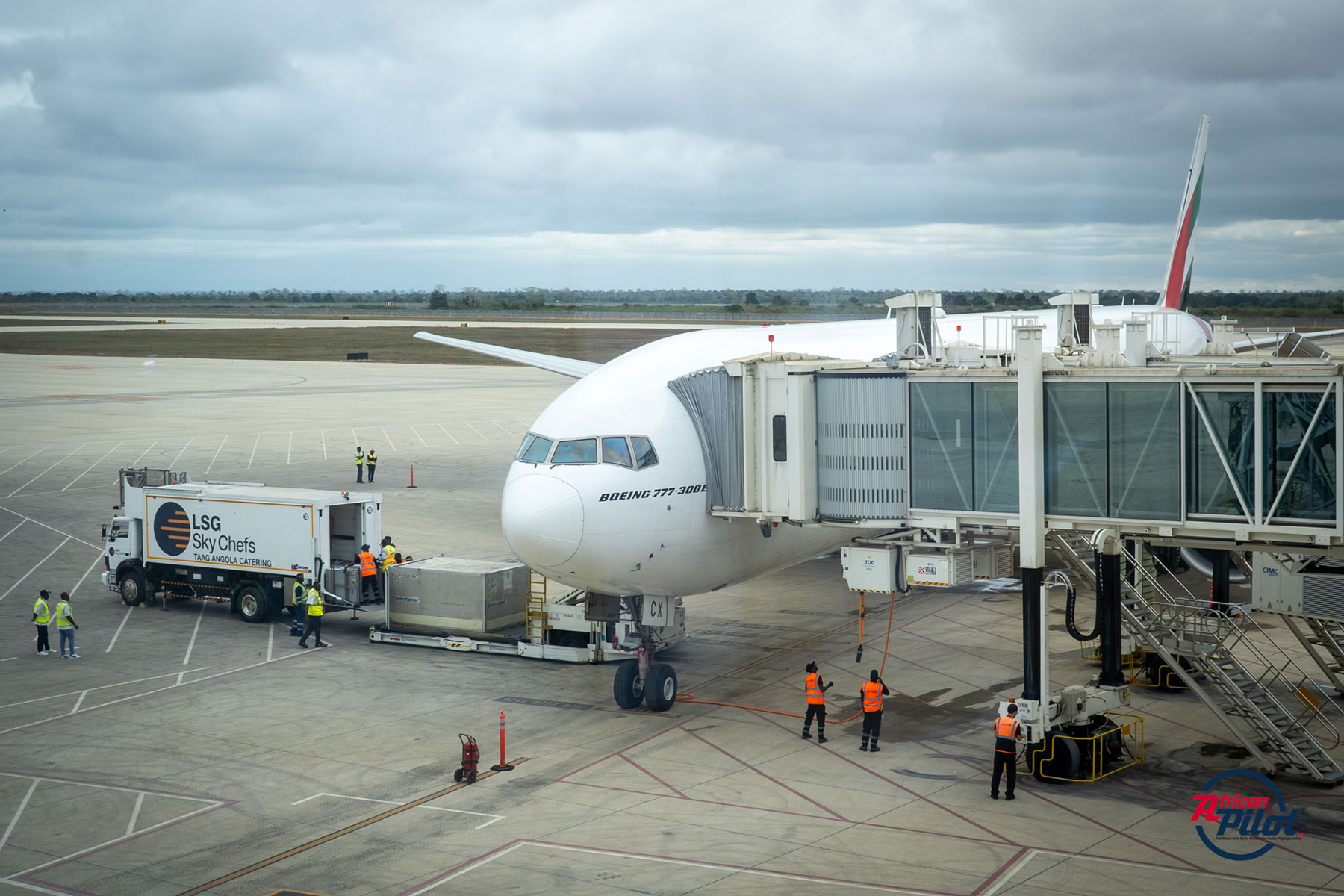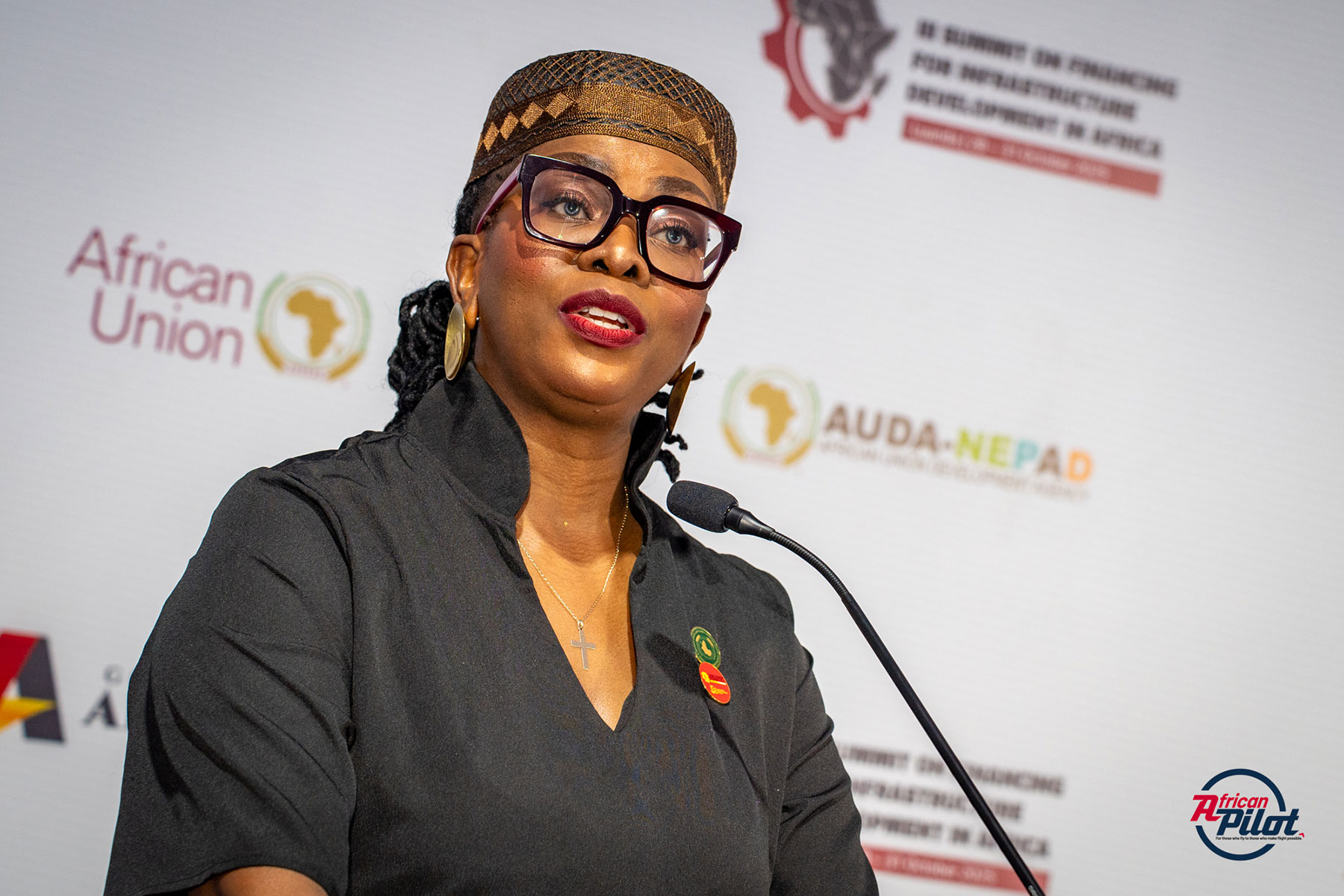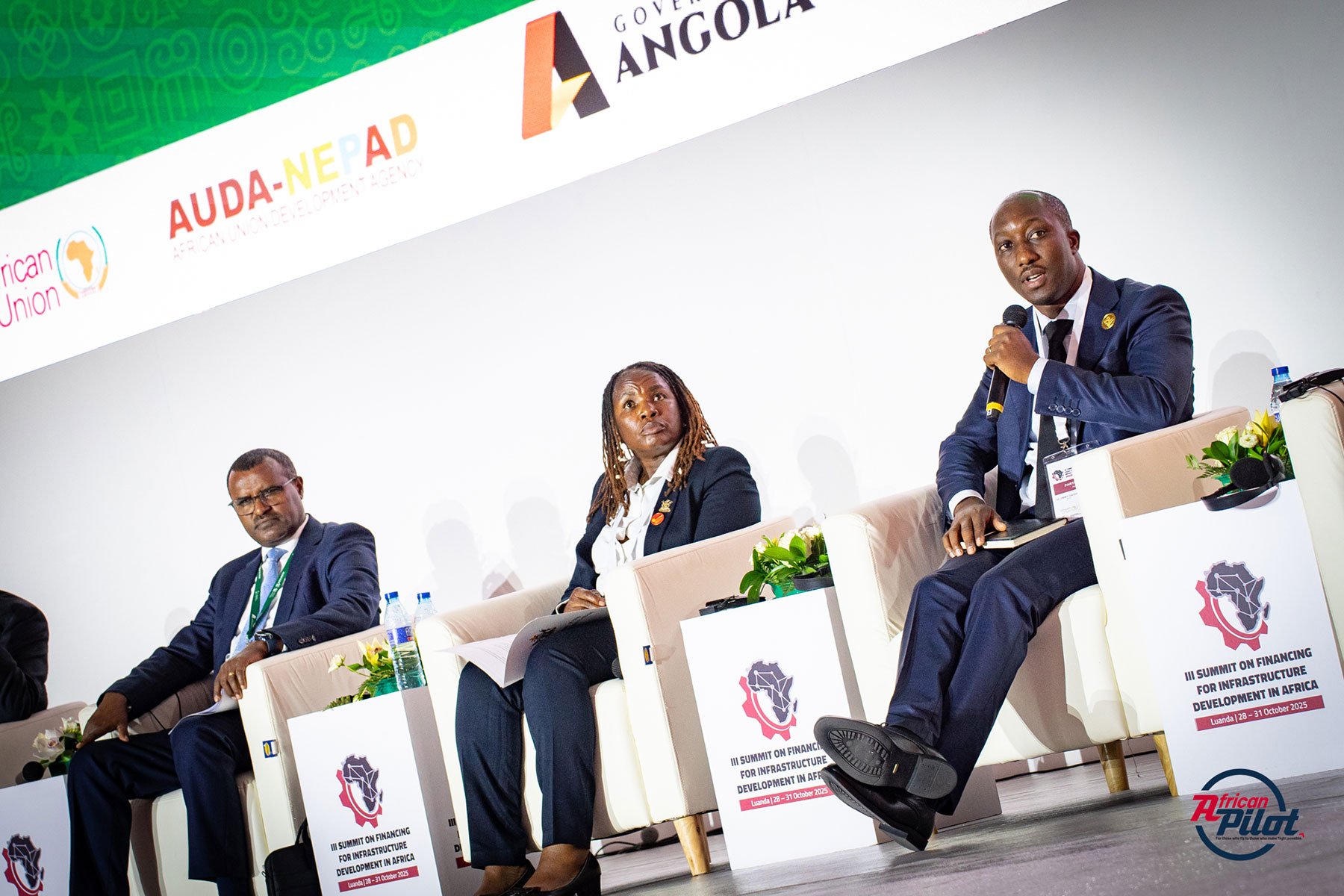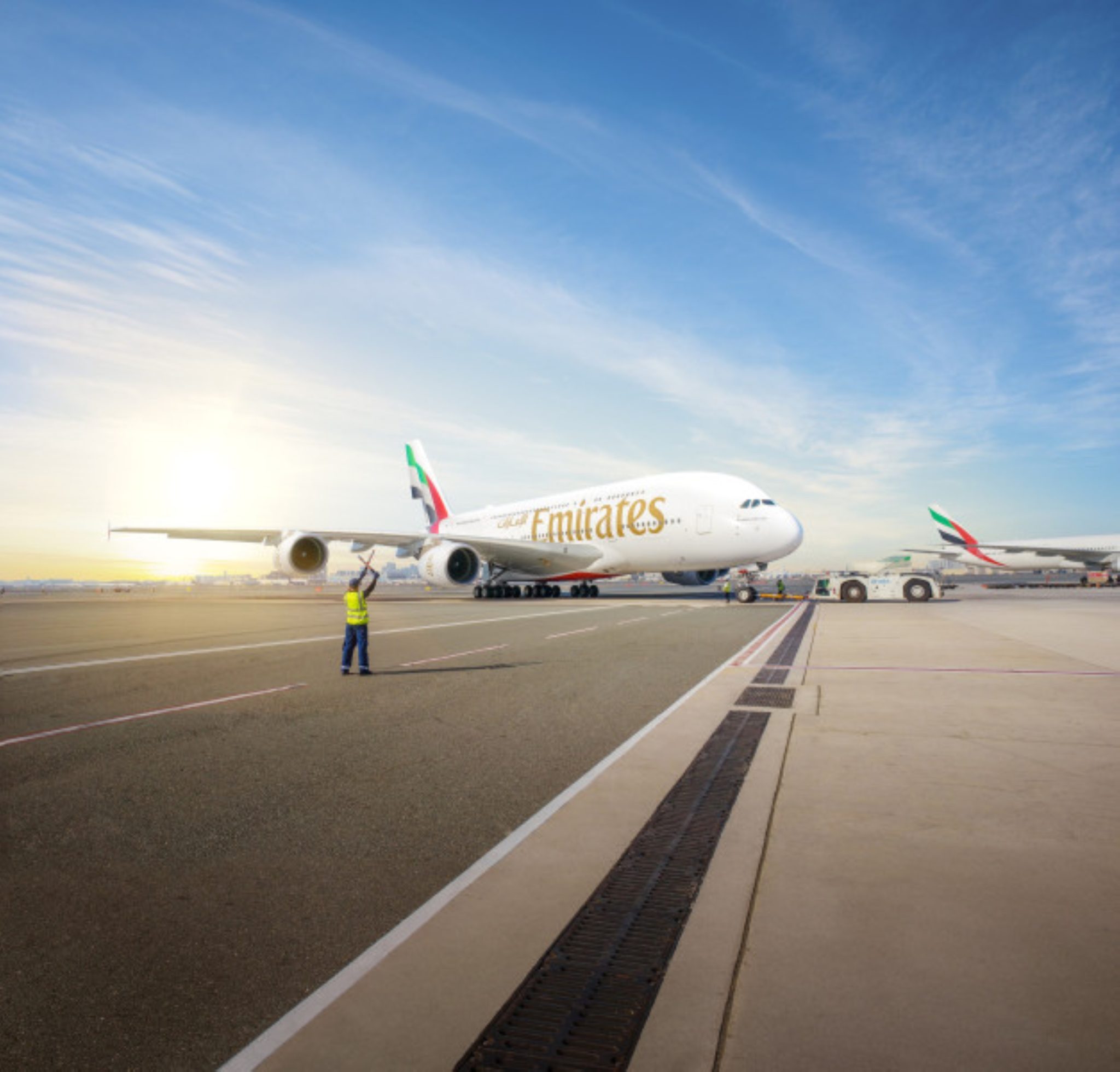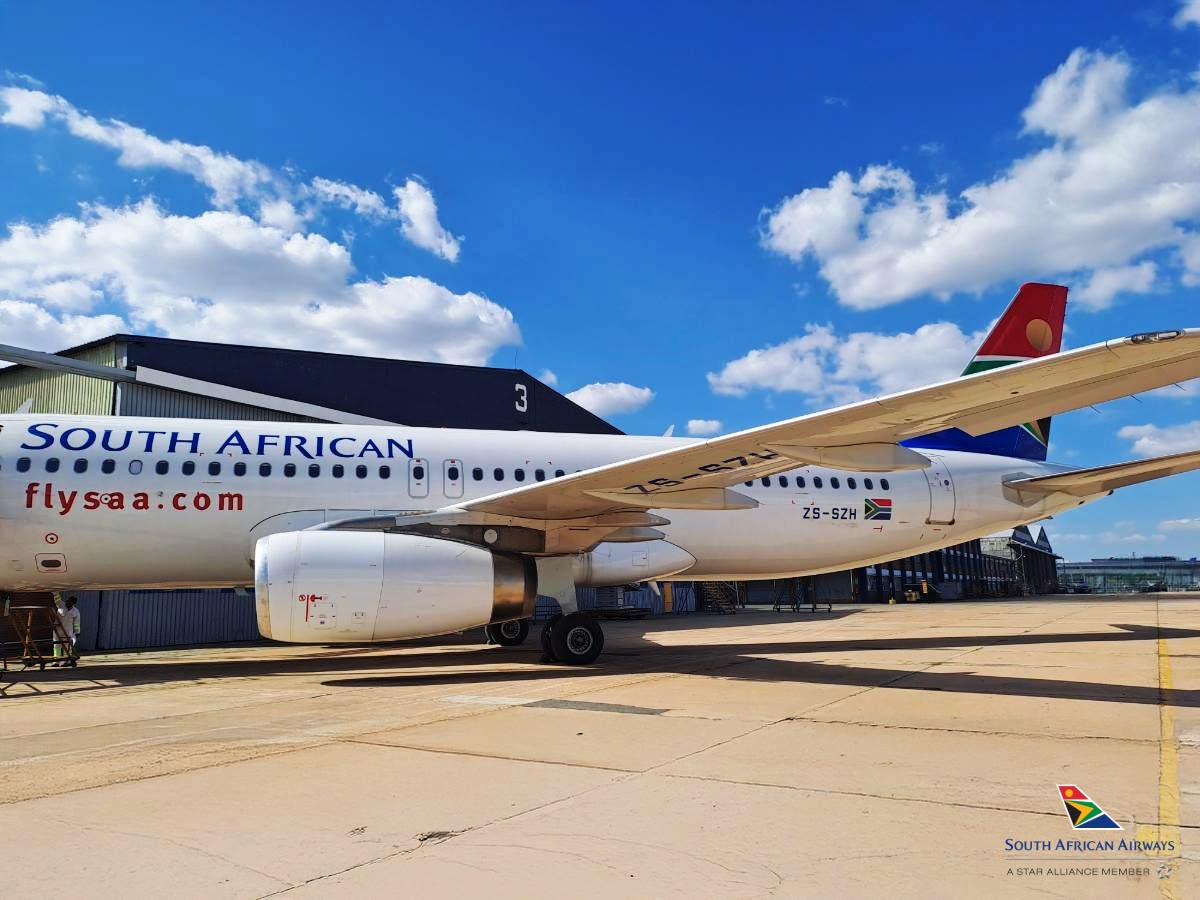Why it Matters
- Morocco’s aviation model shows how long-term planning and regulatory reform can create a sustainable, competitive air transport sector aligned with continental priorities.
- The country’s airport expansion and open-skies policies demonstrate how targeted investment and liberalisation can drive connectivity and attract international capital.
- By integrating airports into wider logistics ecosystems and prioritising human-capital development, Morocco provides a replicable framework for balanced aviation growth across Africa.
- The approach supports AUDA-NEPAD’s Agenda 2063 vision for #TheAfricaWeWant, a connected, modern and competitive African aviation network under SAATM.
At the recent Luanda Financing Summit for Africa’s Infrastructure Development, held between 28 and 31 October 2025, Adil Bahi, Director of Strategy, Management and Coordination of Transport at the Ministry of Transport and Logistics of the Kingdom of Morocco, participated in the SAATM panel discussion on Financing and Modernising African Civil Aviation Infrastructure.
During the session, Bahi spoke about Morocco’s aviation development experience and shared key lessons that can inform continental policy.
He explained that, under the enlightened leadership of His Majesty King Mohammed VI, Morocco recognised early the importance of air transport as a lever for connectivity, openness and competitiveness. The national vision rests on three main pillars: airport-infrastructure expansion, progressive liberalisation of Moroccan airspace, and co-operation with African partner countries. This approach aligns with the spirit of the Single African Air Transport Market and the African Union’s Agenda 2036.
In concrete terms, Morocco has developed 25 airports, 19 of which are open to international traffic. Looking ahead to 2030, when Morocco will co-host the FIFA World Cup with Spain and Portugal, an ambitious airport-development programme is under way involving six airport extensions in host cities. The objective is to double national passenger capacity from 40 million to 80 million by 2030, with a particular focus on sustainability, digitalisation and intermodal connectivity with other transport modes.
The national airline, Royal Air Maroc, will expand its fleet from around 50 aircraft to 200 by 2035, with 12 aircraft added within the past year. Morocco has signed numerous bilateral air-service agreements, including the Open Skies Agreement with the European Union and participation in SAATM under the African Union framework.
Bahi noted that African air integration represents a significant opportunity. With a population of 1.4 billion, the continent’s aviation market is large enough to attract global investors, creating a knock-on effect that stimulates infrastructure growth.
Drawing from Morocco’s long experience, he identified five key lessons relevant to Africa’s aviation development:
- Long-term planning: Air-transport management requires a clear long-term vision. Morocco maintains a 20-year Airport Master Plan, updated regularly in line with the Moroccan Civil Aviation Code.
- Innovative financing: While the state contributes to development, most funding derives from external financing and debt, with airports managed as profit centres to ensure sustainability.
- Governance: Morocco’s regulatory framework allows airports to operate commercially. Strengthening such frameworks elsewhere in Africa would enable airports to become viable, revenue-generating entities.
- Integration with logistics ecosystems: Airports must form part of broader regional logistics and industrial networks, linked to ports and land transport to maximise economic value.
- Human capital: Training and professional development remain critical. Morocco continues to invest in aviation institutes and academies to ensure qualified expertise for the sector’s growth.
He concluded that an airport is never an isolated piece of infrastructure but a terminal dependent on air traffic. Stimulating that traffic, he said, requires creating and sustaining a common African airspace, accelerating the effective implementation of the Single African Air Transport Market.
